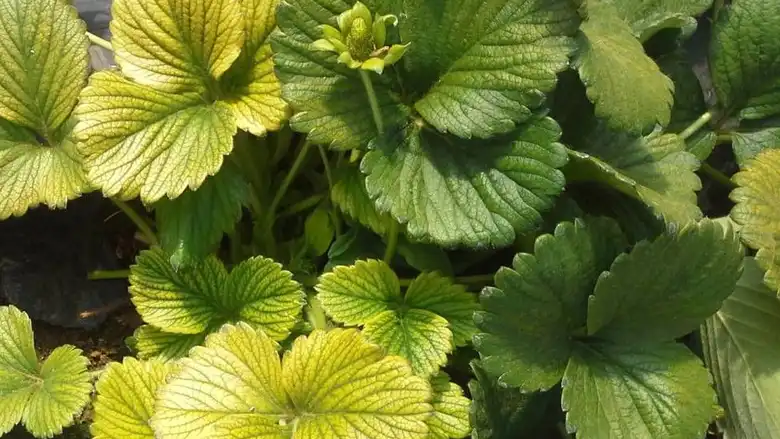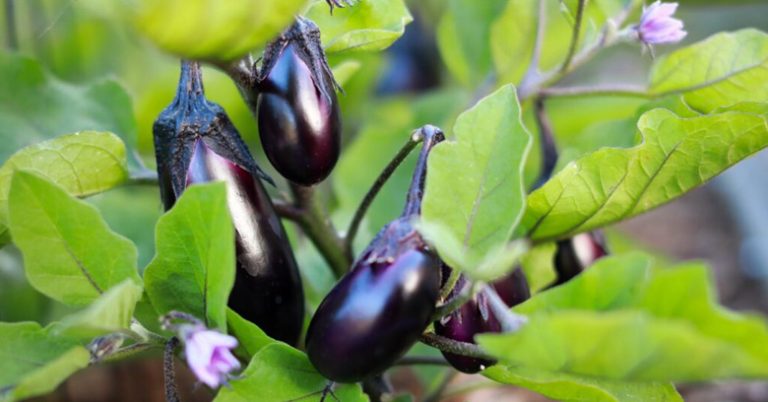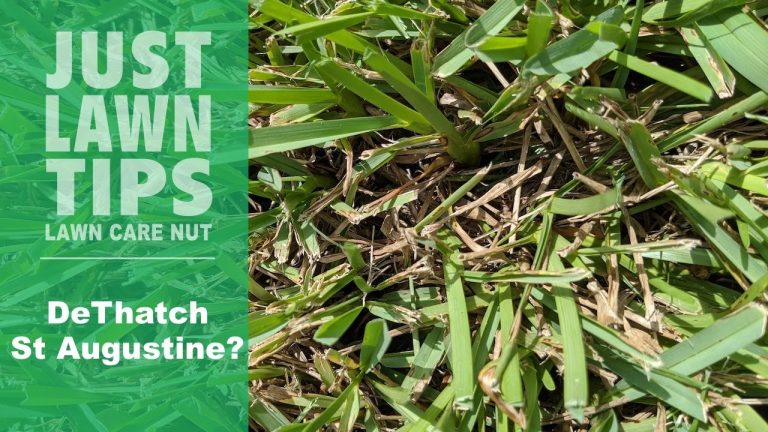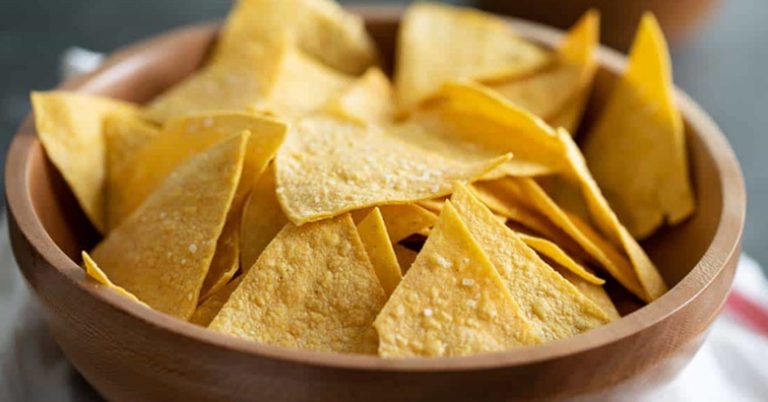Why Are My Strawberry Leaves Turning Yellow | Fact Behind That
When strawberry plant leaves turn yellow, it’s often due to not having enough nitrogen, giving them too much water, or pests bothering them.
To help the strawberry plants get better, trim away the old yellow leaves, give them liquid nitrogen fertilizer, add special chicken poop pellets, and move them to a sunny spot. Also, check for tiny bugs like aphids or scales and use neem oil to get rid of them.
Fixing yellow leaves on strawberry plants is pretty simple once you know what’s causing it. This article will dig into the main reasons for those yellow leaves and how to make things right again.

Common Reasons for Strawberry Leaves Turning Yellow
Strawberry plants can exhibit yellowing leaves for various reasons, which can indicate different underlying issues. Here are some common reasons for yellowing leaves in strawberry plants:
Nutrient Deficiencies
The vibrant green of strawberry leaves can fade into a worrisome yellow due to nutrient deficiencies. When your plants lack essential nutrients such as nitrogen, iron, or magnesium, they send out distress signals through their leaves.
Nitrogen deficiency, for instance, might cause leaves to pale and become smaller, affecting overall plant health. This can lead to diminished fruit production.
Over-Watering or Under-Watering
Striking the right balance in watering is essential for strawberry plants. Over-watering can drown the roots and impede nutrient absorption, leading to yellow leaves and weakened growth.
On the other hand, under-watering stresses the plants, causing leaves to wilt and turn yellow. Determining the optimal watering level based on your soil type and climate is crucial.
Pest Infestations
Tiny invaders can wreak havoc on your strawberry plants, causing leaves to lose their lush green hue. Pests like aphids, spider mites, and slugs feed on the leaves, leaving behind yellowing and damaged foliage.
Combatting these pests requires a combination of organic and chemical methods, ensuring your plants stay healthy.
Diseases
Fungal and bacterial diseases are notorious culprits behind yellowing strawberry leaves. They can quickly spread throughout the plant, causing leaves to yellow, wither, and even develop lesions.
Recognizing the early symptoms, such as spotting or discoloration, is key to preventing the spread of these diseases. Employing preventive measures and targeted treatments can help your strawberry plants recover.
pH Imbalance in Soil
The pH level of your soil can greatly impact nutrient availability to your strawberry plants. If the pH is too high or too low, vital nutrients become less accessible, leading to yellowing leaves.
Testing the soil’s pH and adjusting it to the optimal range ensures that your plants can efficiently take up nutrients, promoting healthy leaf growth.
Environmental Stress
Strawberry plants can suffer from stress due to extreme conditions. Exposure to high temperatures or low humidity can cause leaves to yellow and affect overall plant health. Poor air circulation can exacerbate this issue.
Shielding your plants from extreme conditions and providing adequate ventilation can help prevent yellowing.
Root Issues
Root rot is a nightmare for any strawberry gardener. This fungal infection can cause yellowing and wilting leaves as it disrupts the plant’s water uptake system. Proper planting techniques, well-draining soil, and attentive care are vital to prevent root rot.
Using soil mixes designed for strawberries can also enhance drainage and discourage rot.
How to Prevent Yellowing of Strawberry Leaves
There are a bunch of easy steps you can take to stop those yellow spots from showing up on your plant leaves:
Correct Watering
Understanding your plant’s water needs is crucial. Provide consistent moisture without over-watering. Ensure proper drainage and avoid letting the soil become too dry or waterlogged.
Top Dressing
Applying a balanced fertilizer as a top dressing can provide your strawberry plants with a steady supply of essential nutrients. This can help prevent nutrient deficiencies and keep your leaves green.
Fungicide Treatment
Regularly applying fungicides, especially during periods of high humidity, can help prevent fungal diseases that lead to yellowing leaves. Consult with local experts to choose the right fungicide for your region.
What to Do When Strawberry Leaves Turn Yellow
For some gardeners, it’s confusing when strawberry leaves turn yellow. But don’t worry, there are easy and effective ways to get rid of that yellow color on the leaves:
Mulching
Applying mulch around your strawberry plants can help retain moisture, regulate soil temperature, and prevent weed growth. This assists in maintaining consistent moisture levels and preventing stress-induced yellowing.
Bordeaux Mixture
A mixture of copper sulfate and hydrated lime, a Bordeaux mixture, can be used as a preventive fungicide. It helps in controlling fungal diseases and protecting your strawberry leaves from turning yellow due to diseases.
Wood Ash
Wood ash is a natural source of potassium and can help raise the pH of your soil if it’s too acidic. By incorporating wood ash into your soil, you can provide your strawberry plants with essential nutrients and maintain an optimal pH level. 80-100 grams of ash are poured under each bush.
Copper Sulfate
Copper sulfate is another effective fungicide that can be used to control fungal diseases and prevent yellowing leaves. It is necessary to mix 250 grams of vitriol with 7-10 liters of water and 150 grams of lime. During spraying, 500-800 milliliters of the mixture are consumed for each seedling.
FAQs – Frequently Asked Questions and Answers
Is Yellow Leaves a Common Problem in Strawberry Plants?
Yes, yellow leaves are a common issue faced by strawberry plant growers. They can be a sign of various underlying problems that need to be addressed promptly.
Can Nutrient Deficiencies Be a Reason for Yellowing Strawberry Leaves?
Absolutely, nutrient deficiencies, such as nitrogen, iron, or magnesium, can lead to yellowing leaves. These essential nutrients are crucial for vibrant and healthy plant growth.
How Do I Identify Which Nutrient My Strawberry Plant Lacks?
Examine the specific symptoms your plant is displaying. Nitrogen deficiency might lead to pale leaves, while magnesium deficiency can cause interveinal yellowing.
What’s the Right Way to Fertilize Strawberry Plants?
Fertilize strawberry plants with a balanced, slow-release fertilizer. Follow the recommended dosage and schedule to ensure a consistent nutrient supply.
How Often Should I Water My Strawberry Plants?
Water your strawberry plants when the top inch of the soil feels dry to the touch. This usually translates to about 1-2 inches of water per week, depending on your climate.
What Are Some Common Pests That Can Turn Strawberry Leaves Yellow?
Common pests include aphids, spider mites, slugs, and leafhoppers. They feed on leaves, causing damage and discoloration.
How Do I Get Rid of Pests Without Using Harmful Chemicals?
Practicing integrated pest management (IPM) techniques, such as introducing beneficial insects or using neem oil, can help control pests naturally.
Do Strawberry Plants Suffer from Diseases That Lead to Yellowing Leaves?
Yes, fungal and bacterial diseases can cause leaves to turn yellow. Keeping your plants well-spaced and using proper sanitation practices can help prevent disease spread.
What Are Some Signs of Root Issues in Strawberry Plants?
Wilting, yellowing leaves, and stunted growth can indicate root issues, such as root rot. Inspect the roots for any signs of decay.
Can Extreme Temperatures Cause the Yellowing of Strawberry Leaves?
Yes, extreme temperatures, especially heat stress, can lead to yellowing leaves. Providing shade during the hottest parts of the day can mitigate this.
Conclusion
Your strawberry plants are like a small ecosystem, and their leaves are a reflection of their overall health. Yellowing leaves are a sign that something is amiss, whether it’s nutrient imbalances, pests, diseases, or environmental stress.
By understanding the various factors that can contribute to this issue and implementing the right remedies, you can ensure your strawberry plants thrive, producing a luscious harvest of red, ripe berries.
Remember to observe, diagnose, and care for your plants attentively, so you can enjoy the sweet rewards of your labor.
![[Explained] Can You Grow Artichokes in Michigan](https://gardensuggest.com/wp-content/uploads/2023/08/Can-You-Grow-Artichokes-in-Michigan-1-768x394.jpg)
![[Reasons and Solutions] Why Is My Purple Basil Turning Green?](https://gardensuggest.com/wp-content/uploads/2023/09/Why-Is-My-Purple-Basil-Turning-Green-768x432.webp)

![Why Is My Bonsai Turning Yellow [8 Possible Causes]](https://gardensuggest.com/wp-content/uploads/2023/09/Why-Is-My-Bonsai-Turning-Yellow-768x432.webp)

